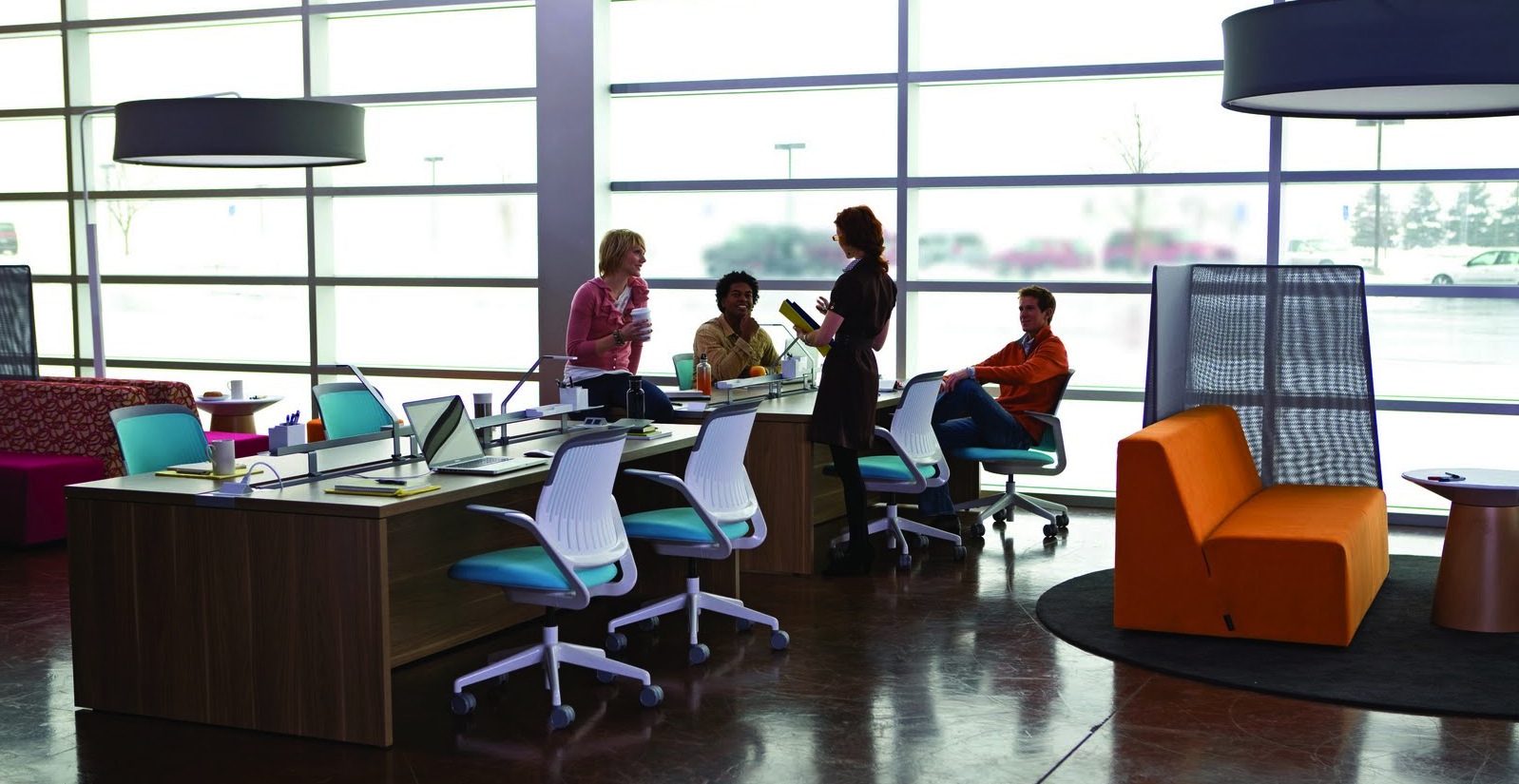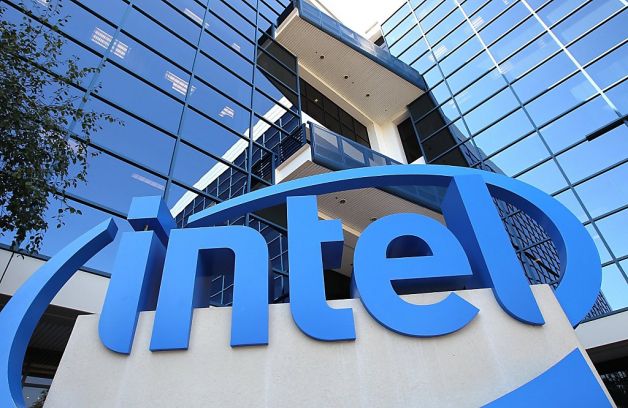“If the United Nations was fully funded why would we need the Arc or social enterprise”?
The United Nations, which was instituted in 1945, formed as a result of the world’s nations failure to prevent the outbreak of World War II. Now, it is known as a peacekeeping association, bringing health and aid to nations across the globe. Regardless of being fully funded, the United Nations needs social enterprises as the next step in innovating autonomy and creative business in various regions. For example, as the Skoll World Forum reports, “Muhammad Yunus [was the] recipient of the 2006 Nobel Peace Prize…”. He… [offered] microloans [to] the impoverished in Bangladesh in 1976, [and empowered] them to become economically self-sufficient. This seemed to create a ripple effect in the worldwide community. Soon, the social needs signaled the coalescing of a unique type of entrepreneur- the social entrepreneur. A prominent social entrepreneur featured in the Globe and Mail, whose clothing was worn by Michelle Obama, is Maryanne Mathias ..[the] co-founder of Osei-Duro clothing; a social enterprise that produces fashion-forward clothing in Ghana, West Africa, that emphasizes hand-dyed fabrics and offers employment opportunities in the local community.
Village in Burundi, Africa
It is essential that those receiving social aid are building their fundamental skills to sustain themselves and improve their livelihood. Social enterprises are the United Nation’s channel to bring consistent positive growth to our global communities.
Sources:
http://skollworldforum.org/about/what-is-social-entrepreneurship/
http://petergostelow.com/thebigafricacycle/wp-content/uploads/2013/07/9184107658_f2bc2f014e_h-1024×680.jpg
http://www.theglobeandmail.com/report-on-business/small-business/sb-growth/going-global/production-problems-nearly-unravel-high-end-fashion-label/article14286870/



